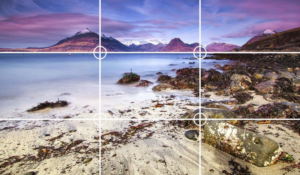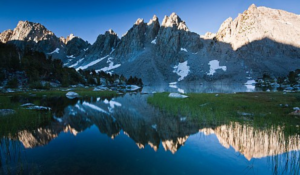Film Photography: A Complete Guide
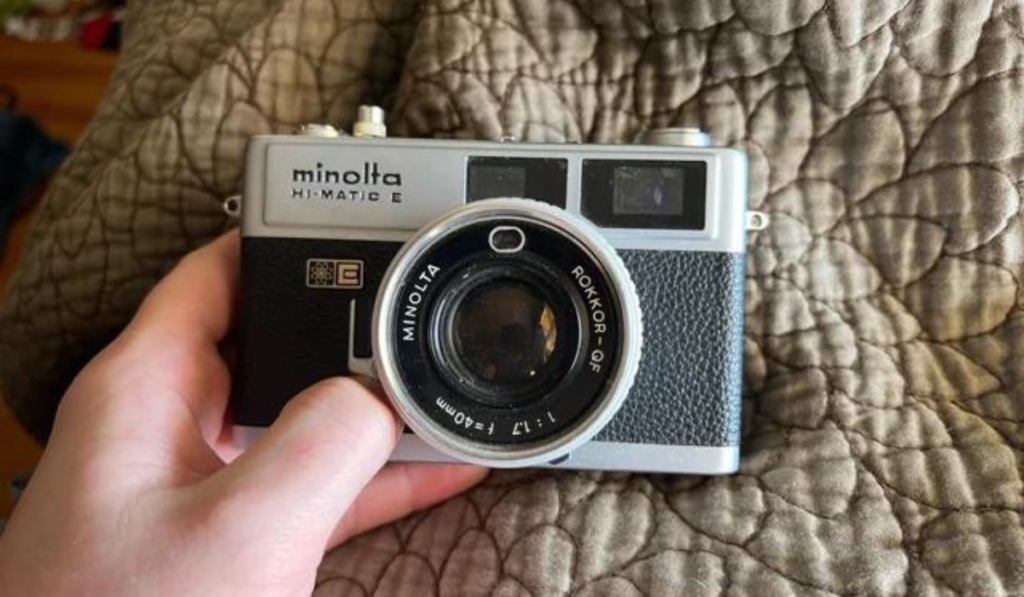
Film photography is still a favorite among many photographers, despite the advent of digital technology. The tactile experience and unique qualities of film photography are what make it so appealing. This comprehensive guide will take you through the complexities of film photography. We’ll cover everything from the basics to the fine art of developing and shooting film.
Understanding Film Photography:
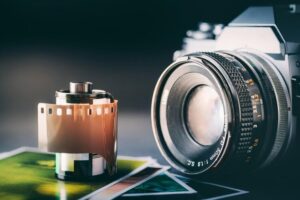
Film photography is the process of capturing images onto light-sensitive film rolls, which are developed and printed using a darkroom. Film photography requires a hands-on approach, unlike digital photography. Photographers can control shutter speed and exposure.
Types of film cameras:
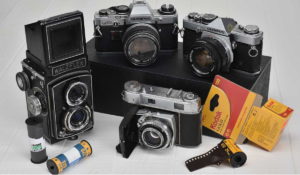
Film cameras are available in different formats. Single Lens Reflex cameras (SLRs) allow the photographer to see the scene directly through the lens. The different formats such as 35mm medium format and large format offer different levels of quality and resolution.
The Right Film to Watch:
Photographers have many options when it comes to selecting film. Each film type has its own unique characteristics which can affect the final image. Color vs. Black-and-White and Positives vs. Negatives are factors that should be considered based on personal preferences and intended photographic style.
Shooting Film:
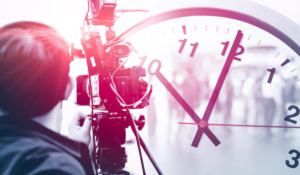
Understanding the triangle of exposure – shutter speed, ISO, and aperture – is essential to mastering film photography. The limited number of shots available on each film roll means that photographers must plan carefully. Accepting mistakes and learning from them is crucial for improvement.
Develop and print film:

You can either send your film rolls to a professional developer or set up a darkroom at home for DIY development. Chemical baths are used to fix and wash prints, develop them, and then dry and frame them. Film shots can also be digitized with scanners and cameras to enhance digitally.
Benefits of film photography
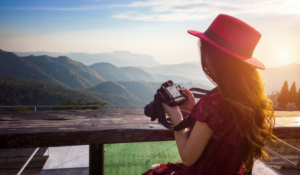
Film photography has several advantages over digital. These include the ability to learn by doing, the opportunity for deeper artistic exploration and the satisfaction that comes with mastering an old craft. Film allows for artistic effects which are difficult to reproduce digitally.
Conclusion:
Film photography is not just a throwback to the past, it’s an art form that continues inspire photographers around the world. Photographers can develop their creativity, improve technical skills and connect more deeply to their art by embracing film. Film photography is a great way to express yourself and grow as a photographer, whether you are a novice or an experienced pro.

